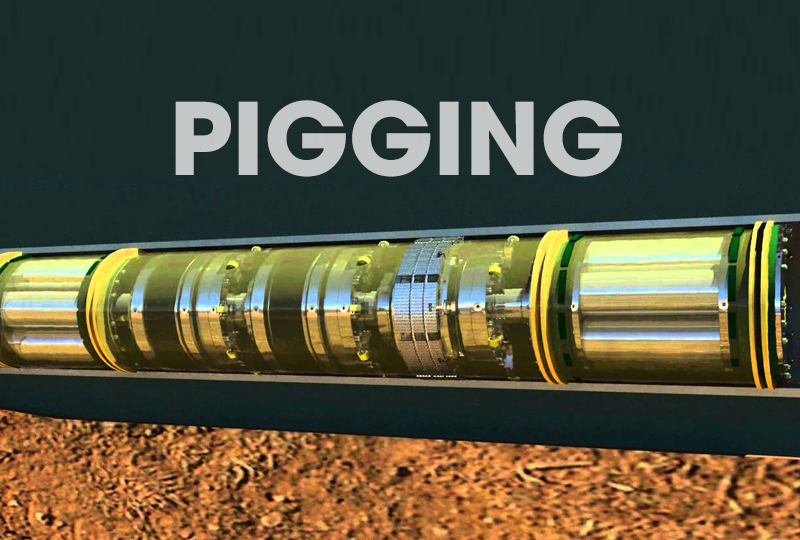Why are high-temperature lithium-ion batteries more suitable for Autoclaves data...
Read MoreWhat is the maximum pigging velocity?
The maximum pigging velocity, also known as the maximum allowable velocity, is the highest speed at which a pig can safely travel inside a pipeline without causing excessive wear or damage to the pig or the pipeline itself.
Generally, the maximum pigging velocity is determined by considering factors such as:
Pig Design: Different types of pigs have specific design limitations and recommended operating velocity ranges.
Pipeline Material and Design: The material, wall thickness, and internal coating of the pipeline can affect the maximum pigging velocity. Pipeline design standards, such as API 5L or ASME B31 series, provide criteria for determining the maximum allowable operating velocity based on pipeline characteristics.
Operational Conditions: Factors like fluid properties (density, viscosity), pressure, temperature, and the presence of solids or abrasive particles in the fluid can influence the maximum pigging velocity.

In practice, the maximum pigging velocity is often limited to a fraction of the pipeline’s maximum fluid flow velocity to ensure safe and reliable pigging operations. Typically, the maximum pigging velocity is around 80-90% of the maximum fluid flow velocity, but it may vary depending on the specific circumstances.
Extend Knownledges
What issues have lithium-ion batteries helped Autoclaves data loggers solve?
What issues have lithium-ion batteries helped Autoclaves data loggers solve?...
Read MoreAutoclaves data loggers how much voltage Li-ion battery?
Autoclaves data loggers how much voltage Li-ion battery? https://youtu.be/GSAtWWPmBRc The...
Read MoreWhat is the effect of lithium-ion batteries on Autoclaves data loggers?
What is the effect of lithium-ion batteries on Autoclaves data...
Read More